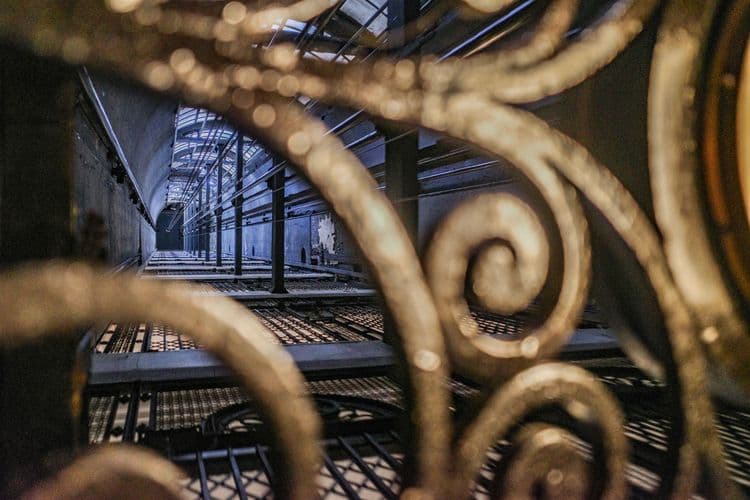Elevator music was invented to prevent people from panicking about being trapped in small, moving boxes. Early elevators terrified passengers so much that many refused to use them, prompting building owners to hire live musicians to play soothing music and distract from the fear of mechanical failure.
In the 1920s and 1930s, elevators were new technology that people didn't trust. Passengers were genuinely afraid that elevator cables would snap, sending them plummeting to their deaths. The calming background music was psychological manipulation designed to reduce anxiety and keep people riding elevators.
The music had to be specifically engineered to be boring and non-distracting. Exciting or emotional music made passengers more aware of the elevator's movement and increased anxiety.Bland, repetitive instrumentals kept people calm by occupying just enough mental attention to prevent panic without being interesting enough to cause other emotional responses.
Muzak Corporation perfected "elevator music" by studying human psychology and brain responses.They created music with specific tempos, keys, and orchestrations designed to reduce stress and increase compliance with building management's desire for people to use elevators comfortably.
Modern elevators still use variations of this psychological manipulation:the soft chimes, gentle lighting, and background music are all designed to make you forget you're in a potentially dangerous machine suspended by cables hundreds of feet in the air.
Every elevator ride is a carefully orchestrated psychological experience designed to keep you calm about something that should reasonably terrify you.





